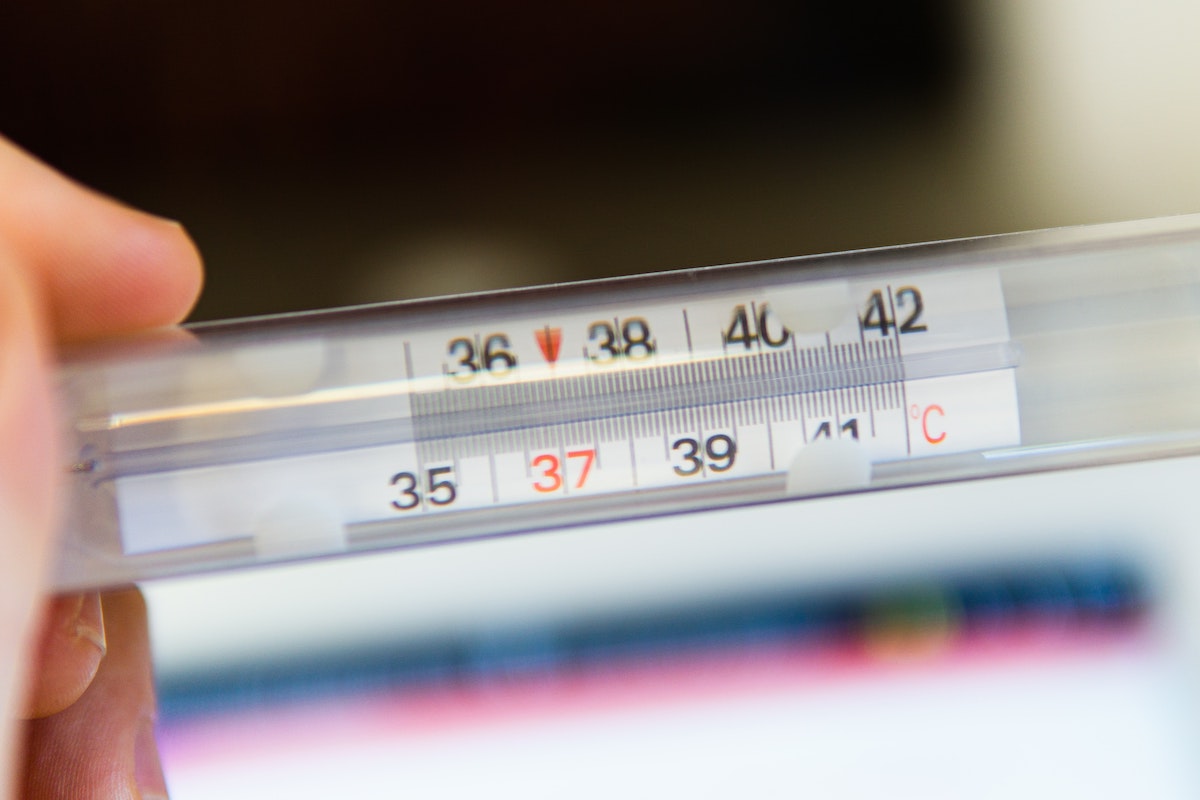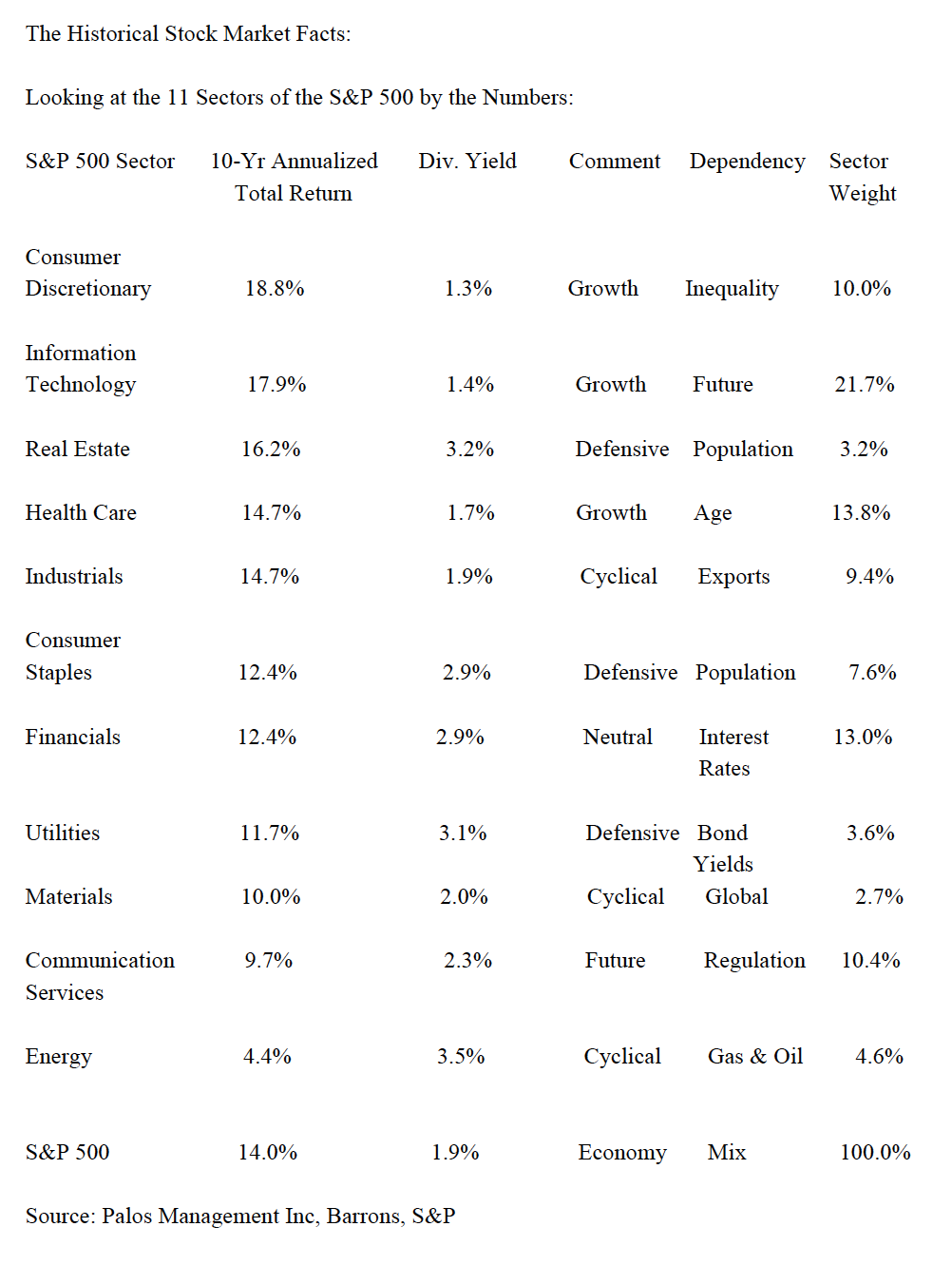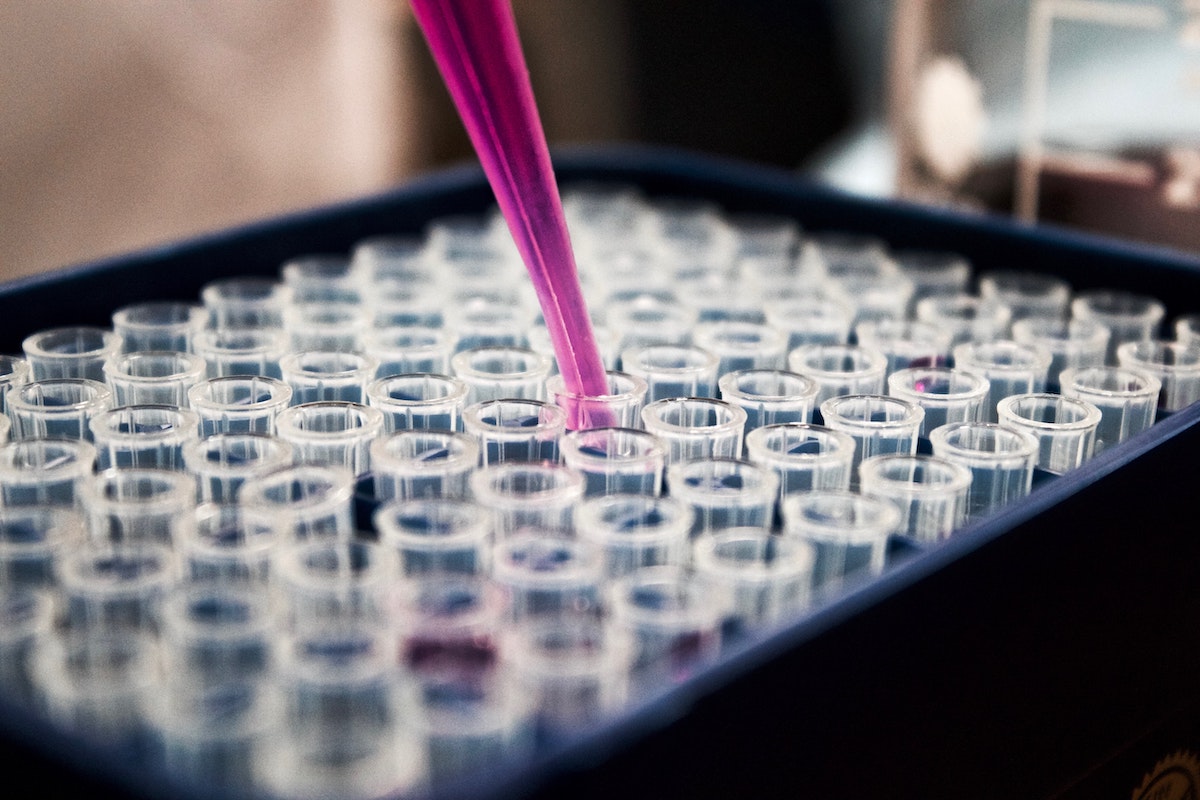by Hubert Marleau, Chief Investment Strategist, Palos Management
In the week ended April 3, the S&P 500 dropped 2.1% to 2485 amid grim reports on employment, production and trade. For the period under review, three key variables did not perform in a supportive manner for equities. The U.S. dollar Index (DXY) decreased 2.3%, copper prices increased only 0.9%, and the differential between between ten and two year U.S. notes narrowed from 58 bps to 39 bps. What may have saved the week was the significantly large increase in the money supply and the monetary base. It shows that governments, individuals and businesses are making use of the fiscal, monetary and financial handouts. Moreover, there were extenuating circumstances.
The rise in the dollar and the narrower yield curve was basically related to the hope that Russia and Saudi Arabia would make a deal. Crude importers sold U.S. treasury bills to raise cash, raising treasury bill yields and the exchange value of the dollar. That is why the Fed decided to extend swap lines with all central banks that have accounts with the NY Fed. Meanwhile, the aforementioned hope eased the financial pains of the Canadian and U.S. oil patches which surely increased demand for North American currencies.
It remains that the bulls and the bears are still at loggerheads about whether risk assets have hit a bottom. The bears are those who believe the rules of business aren't working. They argue that in a matter of weeks the Covid-19 turned the world upside down and broke conventional economic theory and financial practices. I disagree with this notion for the following reasons.
Firstly, everybody knows that the GDP and the labour numbers are terrible and that they will get worse. The scenarios are disastrous. From peak to trough, U.S. GDP will fall around 10%-12%. It means that national output will shrink around 6.5% in 2020. The immediate outlook is probably priced in. Insiders are buying equities at a record place because they know that the pandemic is external and the entire global economy was simultaneously subjected to an engineered shutdown. We are not having a standard recession driven by a tight monetary policy to curb inflation nor a financial crisis caused by a loss of confidence.
Secondly, something interesting happened this week. For the first time since Feb 19, investors stopped selling anything and everything for cash. Instead, they tried to pick winners and losers, considering companies that have merits to be owned and focusing on companies that may actually fare pretty well in the current environment. Keith Lerner, chief market strategist at SunTrust Advisory Services, noticed that the movement of stock within the index became less synchronized. It could mean that the intensity of selling pressure caused by fear and the indiscriminate selling for cash has passed the peak.
It's what lies ahead that is very difficult to judge. The complex relationship between the path of the virus, the effectiveness of monetary policies, the adequacy of fiscal stimulus, the containment results, and the interconnected behaviour of producers and consumers makes it hard to measure where the intersection is between the marginal economic cost (MEC) and the marginal health benefits (MHB). According to a IGM Forum survey of experts conducted by the University of Chicago, there is unambiguous and unanimous support for the lockdowns. Ninety-four percent of those surveyed were against the abandonment of severe lockdowns when the likelihood of a resurgence in infections remains high. The confidence level of their assessment was 89%. Only eleven percent were uncertain.
Yet, investors do not want a long lasting lockdown that would turn the MEC way above that of the MHB. In my judgement, it's about the dichotomy between those who believe health professionals and governments are capable of gaining control of the virus until scientists come up with an appropriate treatment or a vaccine and those who religiously believe that what we are getting is a divine reset. It is my understanding that scientists all over the world are shattering borders, creating a global collaboration focused simultaneously on finding a cure with urgency by bringing together hospitals and laboratories around the world and eliminating the academic credit and red tape. As Dr. Yazdan Yaxdanpanah, the director of infectious disease at Inserm in France, said to the NYT: “What is important is to come up with a solution for everyone. The way to achieve that is to collaborate.”
We know that over time social distancing measures, shut-ins and lockdowns will result in a “flattening of the curve”, a “peak in the death toll”, a bending of the curve and an eventual “exit strategy”. Deutsche Bank’s Jim Reid, Luke Templeman, Marion Labourtne and Henry Allen came out with an interesting piece on this very subject. They used Hubei as a kind of benchmark for the likely time frame on the resumption of civic and economic life around the world. Like many, I unfortunately have doubts about the veracity of China’s data. Nonetheless, we don't have many places to go, to make comparisons. The quick takeaway is that in Hubei the 3-day growth rate in new cases decreased from over 200% to 63% in the 14 days after restrictions were put in place, but it wasn't until 63 days later (for a total of 77 days) that they were lifted. In this connection, Deutsche Bank’s analysts have projected dates for the tentative restart of economies and social interactions in the western worlds---April 30 for the U.S., April 19 for Germany, April 12 for Italy and April 15 for France, April 12 for the U.K. and April 11, for Spain. It should be understood that these dates could be overly optimistic.
This is good news in the sense that the enormous strain on economies and societies from the lockdowns can only persist for a limited amount of time. End of April could indeed be a goal to release those who have developed immunity, as well as the young and healthy, to return to work.
Given that we are without good historical comparison, several investors ask me what they should watch which won't consume all of their time. While it's my job to monitor many variables, I would recommend three signals. The infection curve because it's a barometer of health and the dollar because it is a measure of funding stress and copper because it's a reliable forecaster.
First, I would attentively observe the dashboard of Johns Hopkins University Center for System Science and Engineering. It is the reference “par excellence” and the most quoted in the press. According to Johns Hopkins University, the 7-day rate of change in global cases has started to fall. The peak was registered on March 27. While the numbers are better, they are not good enough to persuade the general population that the worst has passed. On Friday, there was a slither of good news on this front. Infections across Italy and Spain were showing signs of cresting.
Second, given the primacy of the dollar, I suggest that one should vigilantly and alertly be on the lookout for dollar-price changes in the $6.6 trillion a day foreign exchange markets. A strong dollar tightens financial conditions, making serving dollar debt more expensive, and can cause pass-through inflation just when it is not needed. The global economy does not want a strong dollar. When the fear rises, a fast and sudden surge in the exchange value of the greenback can easily occur. Because of the primacy of the greenback, a dash for dollars normally happens when economic and financial conditions worsen. The best way to measure the critical risk of hoarding is to watch the direction of the DXY-- a preferred U.S. Dollar Index.
John Authers, a reporter with Bloomberg, gave a brief history of what happened in the forex market in the last month. “ The dollar entered the crisis strong, thanks to the early belief that the virus was primarily a Chinese issue. It fell as the Fed resorted to emergency rate cuts, making the currency a less attractive destination for carry traders. Then as the crisis took greater hold, there was a global demand for liquidity. The resultant dollar-buying drove the currency up sharply. At this point the dollar was arguably the clearest indicator of the depth of the crisis, and it implied serious pressure for emerging markets, where many companies have taken on dollar-denominated debt over the last decade of low interest rates.”
In this respect, the Fed reopened its swap lines with all of the major central banks in order to ease upward pressure on the dollar and reduce the stockpile of dollars. On Tuesday the Fed announced a temporary lending facility that will allow central banks and monetary authorities with accounts with the NY Fed to enter into repurchase agreements--- exchanging their treasury bills for dollars---ensuring that liquidity in the international market won't run short to meet dollar needs. it remains that the dollar is the gauge.
Third, copper is the most used non-manipulated commodity in the world. It gives a relatively precise representation of what is going on economically in the world. Copper prices are very sensitive and therefore mirror in real time the worldwide economic conditions. If one wishes to be a bit more sophisticated, one could look at the relationship between copper and gold prices. Interestingly the direction of the ratio can tell if interest rate movements are the result of either changes in the rate of inflation and/or in real economic activity. Presently, the path of the copper-gold price ratio is deflationary. The preferred scenario would be a rising ratio resulting from higher copper price first or lower gold prices second.
Conclusion:
Be calm and don't make sudden changes. It should be noted that once this external shock is out of the way, the underlying forces like profitable economic expansion will resume, and the secular bull market will keep on going. Factors like low interest rates, technological progress and the shift to services which have driven the economy forward in the past are presently hidden behind the grey-fog. Once lifted, the broad economic expansion will resume under whichever shape you choose, bringing increased sales and profit. I’m aware that investors are not sufficiently smart to foretell where earnings are going in the future but they are wise enough to know that the market does not only discount this year or next year's earnings but many years. Those with patience and a long-term view will prosper. “No Pain No Gain”
Copyright © Palos Management

















